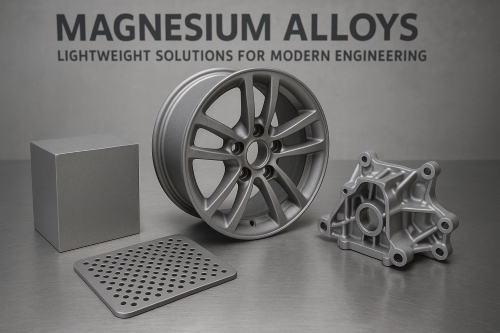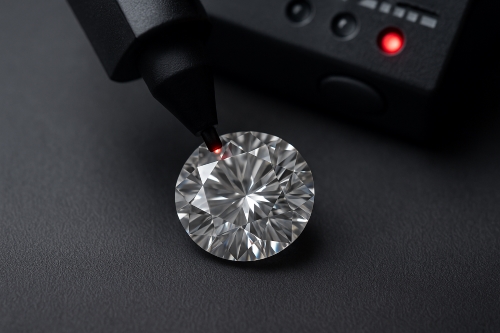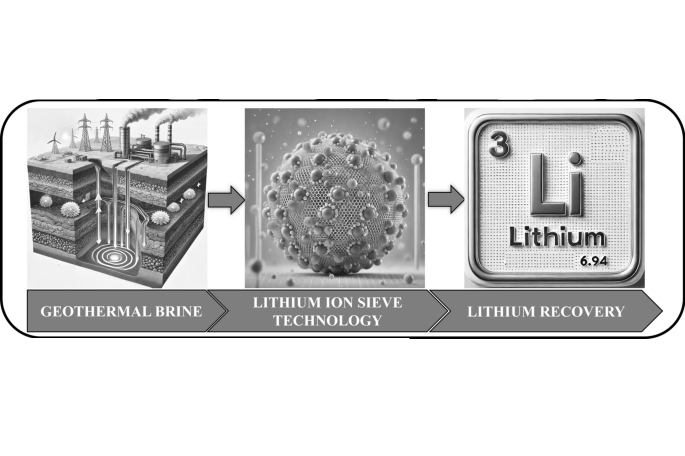Bioceramics 101: Materials That Heal the Human Body
Introduction
Bioceramics have existed for decades. Their utilisation can be traced back to efforts in replacing or supporting parts of the human body.
What Are Bioceramics?
Bioceramics are a category of ceramic materials. They are developed specifically for application in the human body. Their chemical formulas provide strength without harming tissues. Unlike conventional ceramics used in construction, bioceramics integrate well with living tissue. They are produced from compounds such as alumina, zirconia, and hydroxyapatite. Hydroxyapatite is a component found in bones, which aids bodily acceptance of the material. Glass-ceramic is also used in dental applications.
The main objective is to repair or replace damaged tissues. They function as implants, coatings, or scaffolds for new tissue growth. Their structure can be porous to allow bone in-growth or dense to deliver mechanical support. In all instances, the materials are meticulously engineered to perform in human environments.
Key Properties of Bioceramics
Bioceramics display several properties that make them suitable for healing applications. Let us examine these characteristics.
• Biocompatibility: Bioceramics are preferred because the body does not reject them. For instance, hydroxyapatite in bone implants demonstrates a near-perfect match with human bone composition. Studies indicate that over 90% of patients with these implants report positive long-term outcomes.
• Chemical Stability: Once inserted into the body, many bioceramics do not undergo harmful changes. Alumina and zirconia remain chemically inert. They can remain in the body environment for years without degradation.
• Mechanical Strength: While some ceramics are brittle, advancements in the field have led to improved toughness. Zirconia-toughened alumina is an example that can support significant loads. In specific instances, these materials can endure weights comparable to human bones without fracturing.
• Wear Resistance: In joint replacements, components are in continual contact. Bioceramics are utilised because they are highly resistant to wear, leading to fewer complications over time. Long-term assessments show that ceramic hip implants have lower wear rates compared to plastic bearings.
• Osteoconductivity: Specific ceramics, such as hydroxyapatite, promote bone growth by guiding new bone formation around the implant. Patients receiving these implants frequently experience quicker integration and stability.
• Porosity Options: Bioceramics come in varied forms. Porous ceramics enable tissue in-growth, while dense ceramics provide exceptional load-bearing capacity. For example, porous titanium-bioceramic composites are utilised for bone scaffolds to support natural tissue expansion.
Each of these properties is significant. Collectively, they ensure that bioceramics can repair damaged body parts. Engineers and healthcare professionals select these materials due to their combination of strength, safety, and compatibility. Data from clinical trials and laboratory examinations continues to substantiate their use. They have been demonstrated to reduce recovery time and enhance quality of life.
Applications of Bioceramics
Bioceramics are prevalent in modern medicine, used in various applications. Here, I outline a few common uses.
• Bone Replacement and Repair: One of the most frequent applications is in orthopaedics. When bones are fractured or deteriorated, bioceramic implants are employed. For example, hip and knee replacements often incorporate ceramic materials. Ceramic components in hip joints ensure smooth movement and minimise friction. The high wear resistance guarantees that implants maintain their functionality over time.
• Dental Work and Implants: In dentistry, bioceramics have had a significant impact. Ceramic crowns, bridges, and dental implants are common applications. These materials are chosen for their aesthetic qualities and strength. Zirconia ceramics are particularly popular in dental applications due to their colour matching with natural teeth and ability to restore function with minimal discomfort.
• Heart Valves and Repair Devices: Although less common than in orthopaedics or dentistry, bioceramic coatings are utilised in cardiac surgery. These coatings protect devices such as artificial heart valves, preventing adverse bodily responses to the implant. This application is carefully monitored and evaluated in long-term studies.
• Tissue Engineering Scaffolds: Another notable application is the creation of scaffolds for tissue engineering. Engineers design structures from bioceramic materials that encourage the growth of new cells, aiding in the repair of damaged tissues. Doctors utilise these scaffolds for treating minor bone defects and other tissue losses. The porous designs support the growth and organisation of natural tissue cells.
• Coatings on Metal Implants: A variety of metallic implants in the body receive a ceramic coating. This process enhances the implant’s performance by decreasing wear and corrosion. For instance, titanium implants with a bioceramic layer are employed in areas where long-term durability is essential. The coating usually consists of a thin layer of hydroxyapatite that bonds effectively with both the metal and the body.
In each of these situations, the selection of bioceramics is based on empirical data and numerous years of experience. Patients receiving these implants report fewer complications, improved healing times, and materials that support natural tissue regrowth and strengthening. The manufacturing of these ceramics involves precise methods to balance attributes such as strength, toughness, and porosity. Common examples and case studies in medical literature affirm that bioceramics have become a reliable choice for health restoration.
Conclusion
Bioceramics play a crucial role in the healing of the human body. They are well accepted by living tissues and provide reliable strength. Their utilisation in bone replacements, dental applications, cardiac devices, tissue scaffolds, and metallic coatings illustrates their versatility. The materials have undergone extensive testing over many years. Their performance has improved with enhanced formulations and processing methods.
Frequently Asked Questions
F: What are bioceramics used for in medicine?
Q: They are employed in bone repair, dental implants, cardiac devices, and tissue scaffolds.
F: Is hydroxyapatite a common bioceramic?
Q: Yes, it is frequently utilised due to its resemblance to natural bone minerals.
F: Are bioceramic implants long-lasting?
Q: Yes, they provide high wear resistance and strong mechanical properties over time.

 Bars
Bars
 Beads & Spheres
Beads & Spheres
 Bolts & Nuts
Bolts & Nuts
 Crucibles
Crucibles
 Discs
Discs
 Fibers & Fabrics
Fibers & Fabrics
 Films
Films
 Flake
Flake
 Foams
Foams
 Foil
Foil
 Granules
Granules
 Honeycombs
Honeycombs
 Ink
Ink
 Laminate
Laminate
 Lumps
Lumps
 Meshes
Meshes
 Metallised Film
Metallised Film
 Plate
Plate
 Powders
Powders
 Rod
Rod
 Sheets
Sheets
 Single Crystals
Single Crystals
 Sputtering Target
Sputtering Target
 Tubes
Tubes
 Washer
Washer
 Wires
Wires
 Converters & Calculators
Converters & Calculators
 Write for Us
Write for Us
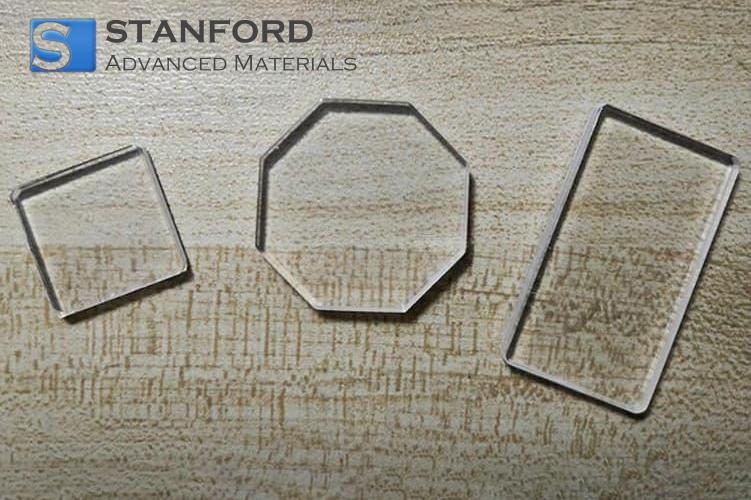
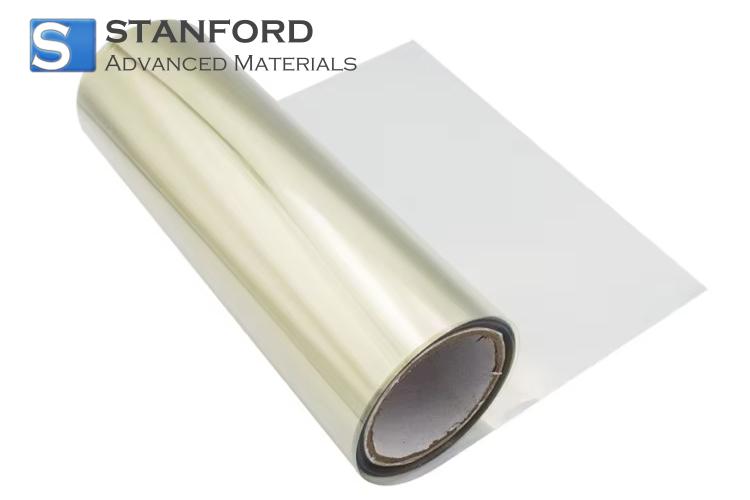
 Chin Trento
Chin Trento

